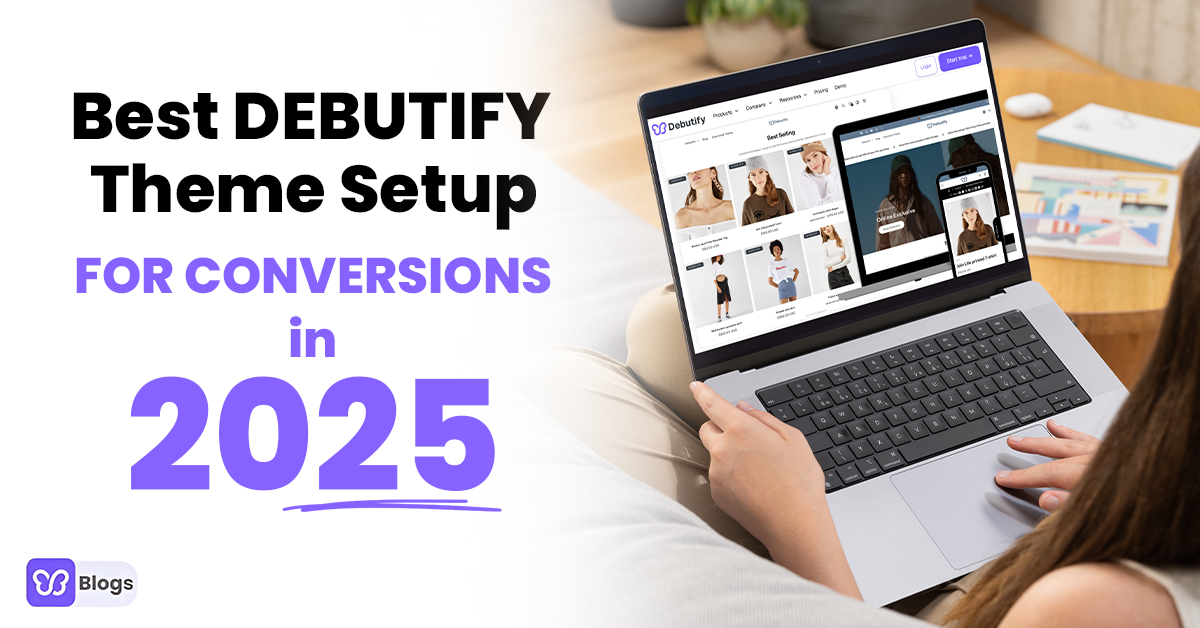Did you know that website theme color schemes can make or break the overall design of a website? Studies show that users form an opinion about a website within 0.05 seconds, and color is one of the key factors influencing their perception.
When it comes to web design, color is a powerful tool that can unlock the secrets to stunning design. The right color scheme can evoke emotions, create a cohesive visual experience, and guide user attention.
In this blog, we will delve into the fundamentals of color theory and its application in web design. We will explore how different colors can evoke specific emotions and perceptions, and how to choose colors that align with the purpose and target audience of a website.
Next, we will dive into various types of color schemes, including monochromatic, analogous, complementary, triadic, and split-complementary schemes.
Creating a harmonious website color palette is crucial, so we will provide tips and resources for selecting colors that work well together. We will also discuss best practices for applying color schemes to different design elements of a website's color palette, such as headers, backgrounds, buttons, and more.
We will recap the key points discussed and encourage readers to experiment with color schemes in their website designs. By unlocking the secrets of website theme color schemes, you can create visually captivating websites that leave a lasting impression on your visitors.
Get ready to transform your website's design with the power of color!
Understanding Color Theory

Explaining the basics of color theory
Color theory is the foundation of creating harmonious color schemes. It involves understanding the relationships between colors and how they interact with each other. Key concepts include the color wheel, which organizes colors in a circular format, and color harmonies, which are combinations of colors that are visually pleasing.
Primary, secondary, and tertiary colors
Primary colors are the building blocks of all other colors and cannot be created by mixing other colors. Secondary colors are created by mixing two primary colors with bright accent color, while tertiary colors are created by mixing a primary color with a secondary color.
Color properties: hue, saturation, and brightness
Hue refers to the actual color itself, such as red, pale pink, blue light orange, or green. Saturation refers to the intensity or purity of a color, with highly saturated colors appearing vibrant and less saturated colors appearing more muted. Brightness, also known as value or lightness, refers to how light or dark a color appears.
The Psychology of Colors
How different colors evoke emotions and perceptions
Colors have the power to evoke specific emotions and perceptions in people. For example, warm colors like red and orange can create a sense of excitement or energy, while cool colors like blue and green can evoke feelings of calmness or tranquility.
Understanding the psychology of colors can help you choose colors that align with the desired emotional response for your website.
Choosing a color scheme that aligns with the website's purpose and target audience
When choosing colors for your website, it's important to consider the purpose of your website and the preferences of your target audience.
Different colors can convey different messages and attract specific demographics. For example, a website targeting children might use bright colors and playful colors, while a website for a financial institution might opt for more professional and trustworthy colors.
Understanding color theory and the psychology of colors is essential for creating visually stunning websites that resonate with your audience. By applying this knowledge and studying successful case studies, you can make informed decisions when choosing and implementing color schemes in your web design.
Types of Color Schemes

Monochromatic color schemes
Monochromatic color schemes involve using different shades of the dark green, blue, tints, and tones of a single color. This creates a harmonious and cohesive look, with variations in lightness and darkness adding depth to the design.
Analogous color schemes
Analogous color schemes consist of colors that are adjacent to each other on the color wheel. These colors share a similar hue and create a sense of harmony and unity in the color scheme consists a design.
Complementary color schemes
Complementary color schemes involve using colors that are opposite each other on the color wheel. This color combination creates a bright blue high-contrast and vibrant look, with the colors complementing and enhancing each other.
Triadic color schemes
Triadic color schemes consist of three colors that are evenly spaced around the color wheel. This creates a visually balanced and dynamic look, with a mix of warm, hot pink and cool colors.
Split-complementary color schemes
Split-complementary color schemes are similar to complementary schemes but use a base color and the two colors adjacent to bold feature color as its complement. This color combo allows for a vibrant and balanced look while providing more variety and flexibility.
Case studies showcasing each type of color schemes
Exploring case studies that demonstrate the successful implementation of each type of color scheme can provide inspiration and practical examples of how to use them effectively in web design.
Creating a Harmonious Color Palette
Tips for selecting colors that work well together
To create a harmonious color palette, consider factors such as color temperature, contrast, and balance. Choose colors that have a similar temperature (warm or cool), create contrast between light and dark shades light blue, and yellow green and maintain a sense of balance between different colors.
Tools and resources for generating color palettes
Numerous online tools and resources are available to help generate color palettes. These tools often provide options to explore different color schemes, adjust saturation and brightness, and preview how colors work together. Some popular tools include Adobe Color, Coolors, and Color Hunt.
Balancing contrasting and complementary colors
When working with contrasting or complementary colors, it's essential to find a balance to avoid overwhelming or jarring visuals. Consider using one color as the dominant hue and the others as accents or neutral colors to create a visual break and maintain harmony with white space.
By understanding different color schemes, selecting colors that work well together, and utilizing tools for generating custom color palette palettes, you can create visually appealing and harmonious designs. Balancing contrasting and complementary colors ensures a pleasing aesthetic while effectively conveying your website's message.
Testing and Iterating Color Schemes
Importance of A/B testing to evaluate the effectiveness of color schemes
A/B testing involves comparing two versions of a web page with different color schemes to determine which one performs better in terms of user engagement and conversions. It helps identify the most effective color choices for your website.
Tracking metrics and user feedback to optimize color choices
Monitor metrics such as click-through rates, conversion rates, and bounce rates to assess the impact of color schemes on user behavior. Additionally, gather user feedback through surveys or usability testing to gain insights into their perceptions and preferences regarding color choices.
Strategies for making adjustments and improvements based on data
Based on the data and feedback collected, make informed adjustments to your color schemes. This could involve tweaking the saturation or brightness of colors, trying alternative color combinations, or refining the color choices for specific elements. Continuously iterate and test to optimize the effectiveness of your color schemes.
By implementing best practices, using colors strategically to guide user attention, and incorporating color schemes into various design elements, you can create visually appealing and user-friendly websites. Additionally, testing and iterating your own website color scheme or schemes, based on data and user feedback will help you refine and optimize your design choices.







